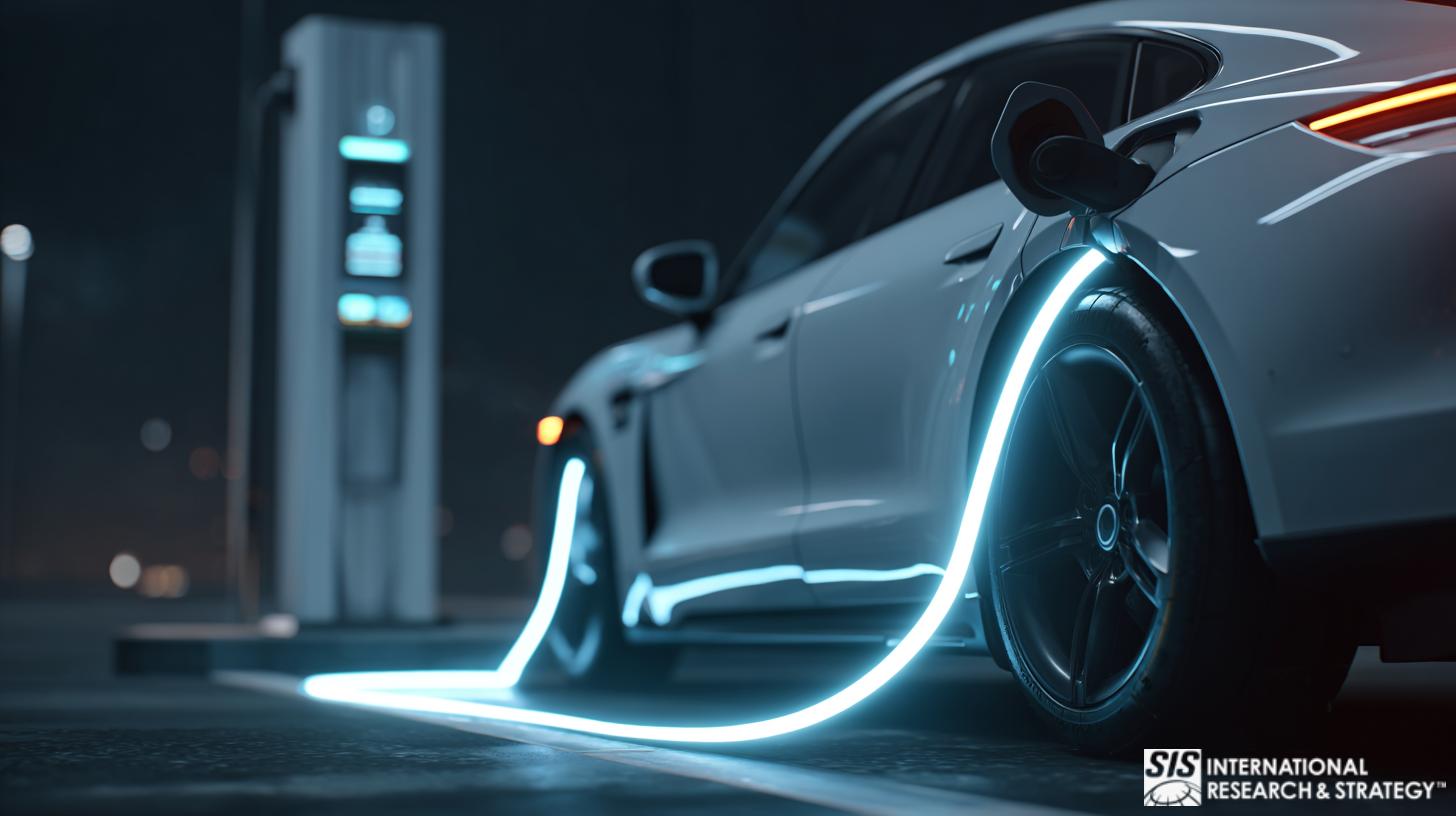
Existe uma distinção importante entre veículos híbridos e veículos elétricos (EVs).
Hybrid vehicles, such as the Toyota Prius line, are powered by both an electric engine and an Internal Combustion Engine (ICE), which is the traditional engine fueled by petrol or Diesel. Electric Vehicles (EVs), by definition, are powered by an electric engine only. A large number of battery cells deck the floor of an EV. The recharging of the battery is simply done by an electric plug, usually at the user’s home.
Oportunidades e Desafios
Most automotive manufacturers have completed their model line-up with Hybrids. However, only a few propose exclusively electric cars. The leader in terms of sales for the Current Year 2013 in the US EV segment is the Chevrolet Volt and the Nissan Leaf. Then comes the premium brand Tesla with its newly launched Model S. The volumes in the Hybrid segment are very different. The industry leader is considered Toyota, and its Prius line. The followers are Ford, with its Fusion Hybrid and C-Max Hybrid, and Hyundai Sonata.
The reasons behind the leadership in these segments are diverse and require a thorough industry analysis. However, one can easily assume that first-mover advantage plays a significant role in terms of branding, economies of scales and technology advantage. In fact, Toyota was the first to launch hybrid versions and is still on top of that market. In the same way, Nissan and Chevrolet were pioneers in the mass market EV in 2009/10 and still hold a leadership position.
Com o nível de concorrência e o amplo conjunto de tentativas de diferenciação por parte dos fabricantes de automóveis, os volumes de vendas e, mais precisamente, as quotas de mercado e de segmento, são medidas-chave do sucesso nesta indústria.
Regulamento de Carros Elétricos
Regulation on C02 emission and gas consumption is a main reason that pushes manufacturers to develop and market low or zero emission vehicles. In a global industry, an increasing number of countries have adopted tax incentive schemes that favor the sales of hybrid and EV over traditional more fuel-consuming cars. For instance, France has Bonus/Malus scheme, where a cash amount is offered to the buyers of hybrid and EV vehicles. The same applies to Holland.
Os EUA adoptaram recentemente regimes fiscais automóveis semelhantes, mas o ambiente regulamentar é menos rigoroso. Esta dinâmica de mercado, juntamente com um possível “efeito Halo” em torno da marca, levam todos os fabricantes a propor modelos híbridos ou EV. Portanto, uma questão maior passa a ser quais estratégias de linha de modelos os fabricantes desejam adotar.
Percepções dos clientes
Customers of hybrids and EVs are for most part environmentally conscious above 50 year old upper income class individuals. Thus, while it makes sense to offer a hybrid or EV family sedan or compact car for urban environment, this product strategy does not find rational for full size heavy duty trucks. Likewise, Ford offers hybrid and EV for the Fusion and the Focus respectively, but remains on ICE for its flagship F-150.
EVs and Hybrids are priced at a premium over similar ICE models with same equipment level. Manufacturers have performed extensive price vs. value analyses in order to find out what the premium would be that the customers are willing to pay to drive a low emission car.
O impacto na indústria em geral não é claro porque os volumes ainda são bastante pequenos para VE e Híbridos. No entanto, ao nível do segmento, as estratégias de preços dos veículos elétricos e dos híbridos podem ser vistas como uma estratégia de diferenciação em relação aos segmentos de motores de combustão interna não premium. Por outras palavras, uma marca não premium como a Nissan ou a Toyota é potencialmente capaz de fixar o preço dos seus carros híbridos e eléctricos ao mesmo nível de preços de um Mini, um BMW ou um Audi. Com a escala que a Nissan e a Toyota acumularam ao longo dos anos, o custo marginal para produzir um Híbrido ou um EV diminuiu bastante, conduzindo a um retorno marginal superior para os seus negócios Híbridos e Elétricos.



